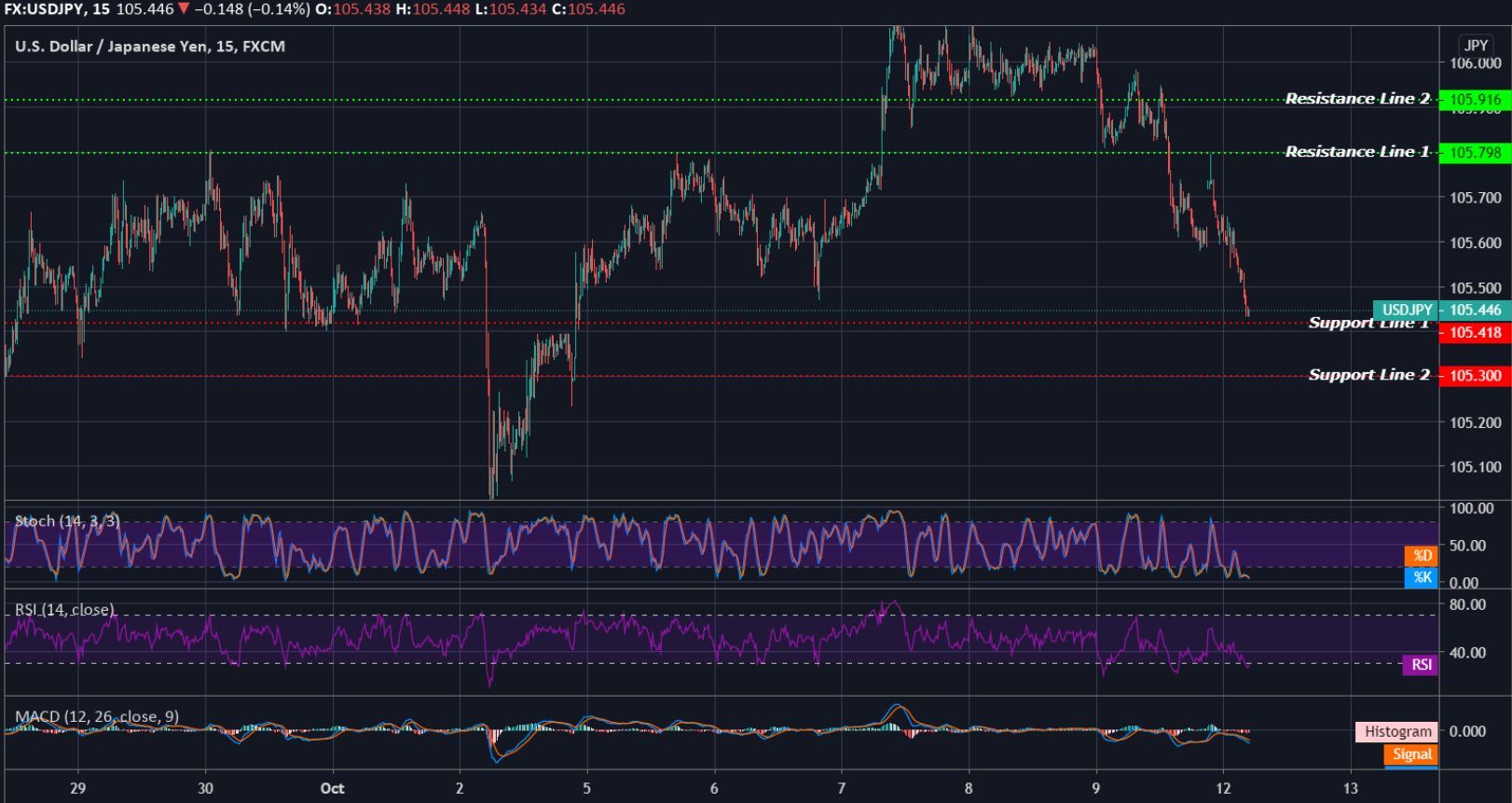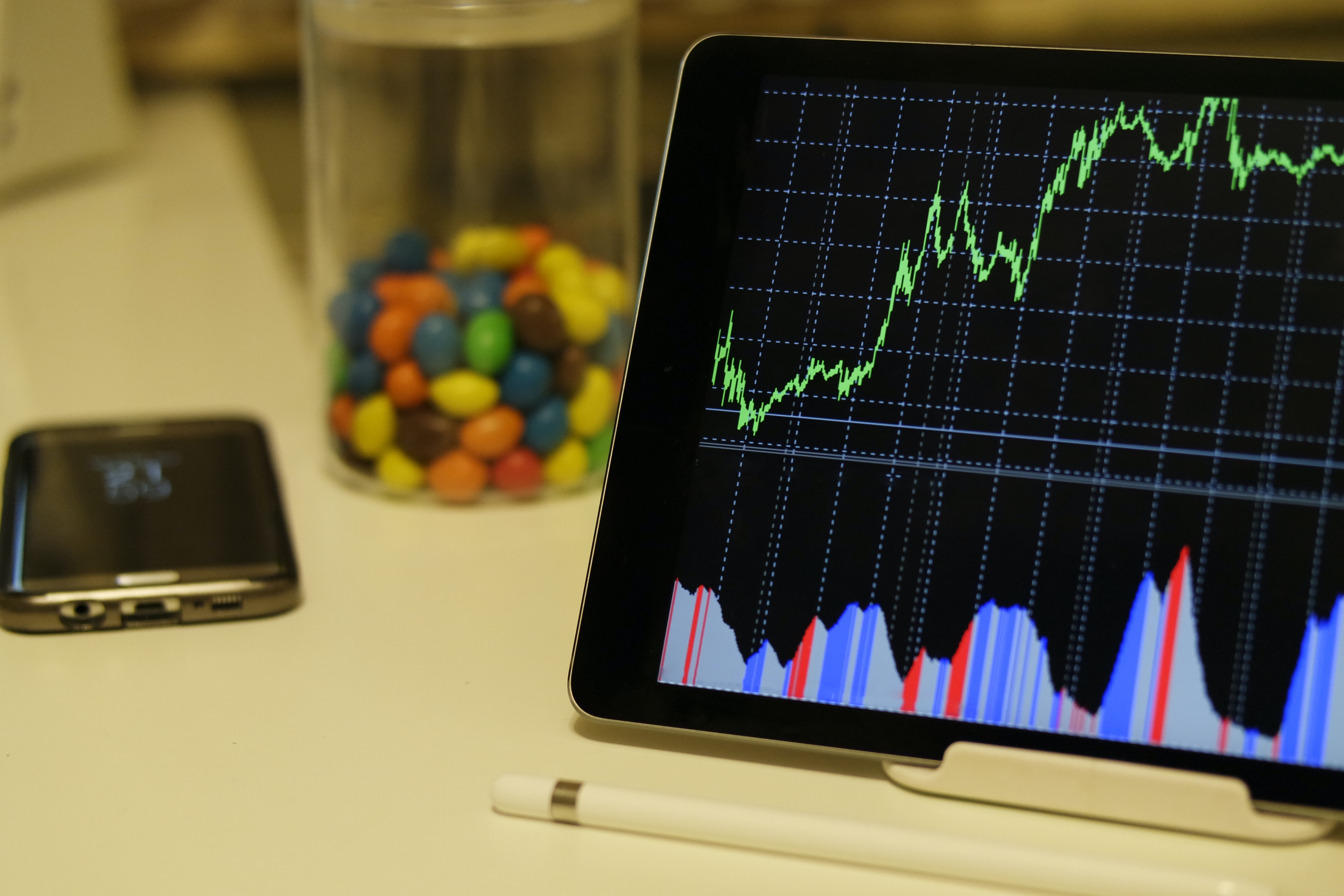EQUITIES
Asia-Pacific markets mostly higher, except for Japan’s Nikkei 225 that retreated -0.33%. China’s markets led gains, with the Shanghai composite up 2.27% while the Hong Kong’s Hang Seng index also surged 2.03% South Korea’s KOSPI rose 0.44% Australia’s S&P/ASX 200 rose 0.16%, and Singapore’s Straits Times index 0.56% higher.
OIL
Oil prices slip as U.S. companies are resuming operations at production facilities along the U.S. Gulf Coast and workers’ strike in Norway came to an end. Also, Libya is to resume operation in its biggest oil field.
Brent crude futures traded to $42.43 a barrel, while U.S. crude at $40.23.
On Friday, Brent closed at $42.85 per barrel, while WTI futures ended at $40.60 per barrel.
CURRENCIES
The U.S. dollar index edged up to 93.06 after seeing its biggest loss in six weeks on Friday.
The Australian dollar shed 0.3% to $0.7222, and Chinese yuan dropped after People’s Bank of China (PBOC) took a measure seen as aimed at curbing its strength. The onshore yuan changed hands at 6.7224 per dollar, as compared to levels below 6.7 against the greenback seen last week. Meanwhile, its offshore counterpart last traded at 6.7188 per dollar. The yuan hit a 17-month high on Friday.
GOLD
Spot gold currently trading at $1,928.50 per ounce, while stands around $1,935.40 per ounce for gold futures. Previously closed at $1,930.60 and $1,926.20, respectively. Investors stuck with bets that U.S. stimulus would eventually arrive and drive inflation to the benefit of bullion.
Silver trading at $25.34, platinum trading at $879.00 and palladium trading at $2,372.00.
ECONOMIC OUTLOOK
Stocks in Asia-Pacific mostly advanced in Monday morning trade, as investors bet on a steady recovery for the China’s economy, though caution about the fate of U.S. stimulus kept the dollar firm and China’s PBOC policy tweak unwound some of the yuan’s gains.
People’s Bank of China (PBOC) announced a measure that made it cheaper to short the yuan, aimed at curbing its strength. The central bank announced Saturday that banks now no longer need to set aside cash when conducting some foreign exchange forwards trading.
Japanese wholesale prices fell 0.8% in September from the same month a year earlier, marking the seventh straight month of year-on-year declines and heightening the risk the country will slide back into deflation.
To date, number of confirmed worldwide cases for COVID-19 pandemic has surpassed 37.408 million affecting 213 countries and territories around the world and 2 international conveyances, recording more than 1.075 million fatality globally.
TECHNICAL OUTLOOK
[USDJPY]
Important Levels to Watch for Today:
- Resistance line of 105.418 and 105.300.
- Support line of 105.798 and 105.916.
Commentary/ Reason:
- The yen jumped at 105.473 to the dollar.
- Dollar off 3-week low of 105.432 as U.S. stimulus negotiation hits snag, and investors wagered on a Joe Biden presidency.
- A growing expectation of U.S. stimulus approval has been weakening the dollar in the short term, by improving investors’ mood and their willingness to buy riskier assets such as stocks and commodity currencies.















